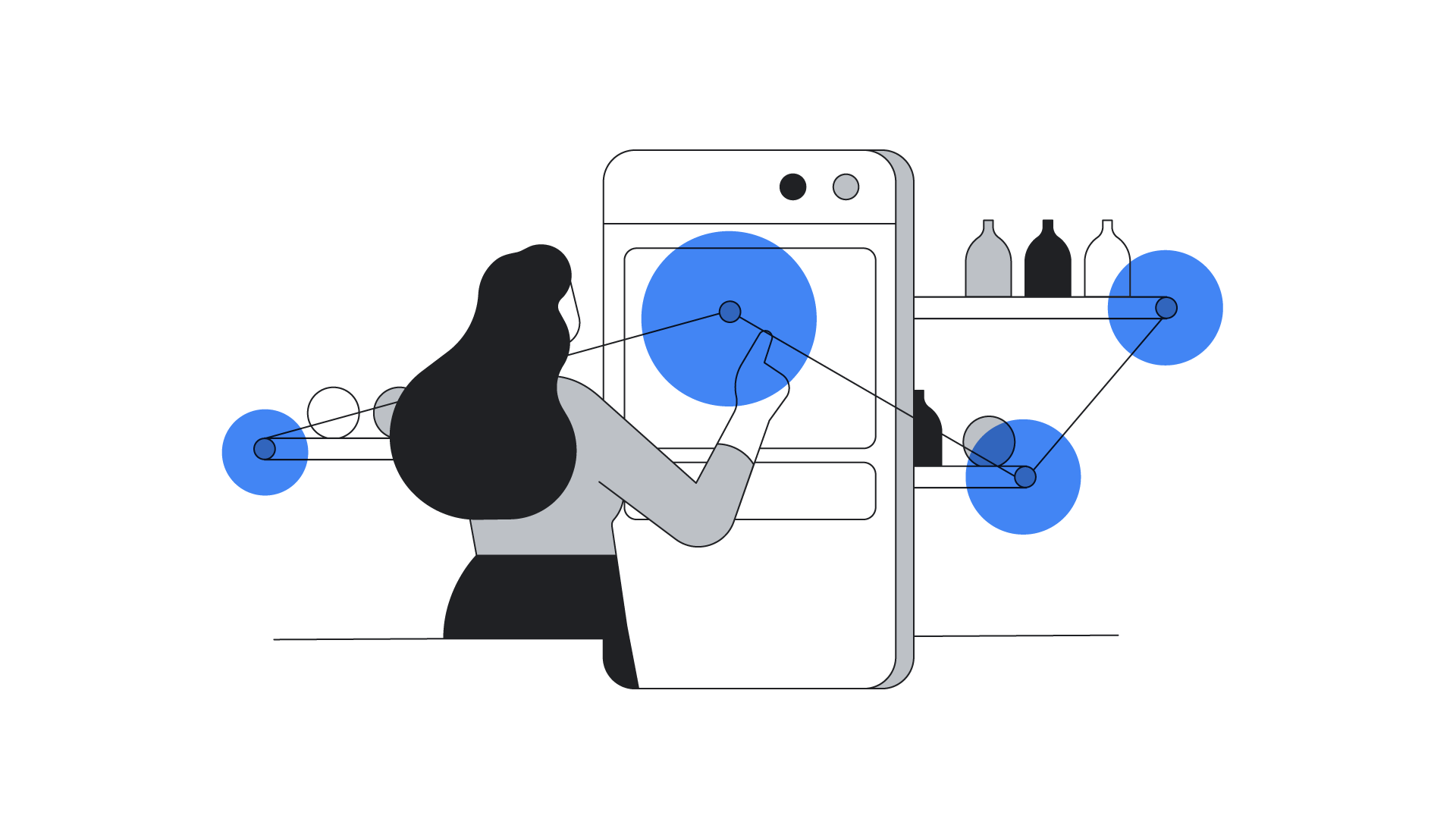AliExpress, a global online retail marketplace, considers mobile its catalyst for international expansion. Collecting and analysing mobile insights, the company revamped its mobile site and app to cater to new and repeat customers, respectively.
THE GOALS
Design the best mobile experience for both buyers and sellers
THE APPROACH
Catered to new customers on mobile site and repeat customers on mobile app
Collected and analysed data to optimise its mobile platform for cross-channel transactions
Restructured internal teams and systems to prioritise mobile
THE RESULTS
Received more than 5 million downloads on Google Play
Earned more than 260,000 user reviews and an average rating of 4.5 out of 5
"Smarter shopping, better living!" is the motto of AliExpress, a site where shoppers can buy everything from baby clothes to refrigerators to diamond earrings. The global online retail marketplace, part of the Alibaba Group, exceeded $4.5 billion in transaction volume1 and is now a popular e-commerce site in America and across emerging markets such as Russia and Brazil. Strategically, mobile is at the heart of its success.
AliExpress’ outlook
Mobile is "our catalyst for international expansion," says Joe Yan, the company's director of global operations and expansion. Maintaining a good mobile platform has become a pressing and indispensable aspect of AliExpress’ success. After all, mobile commerce is now growing at 47% year-over-year,2 faster than desktop commerce.
AliExpress has created a popular mobile app that makes it easy for returning visitors to access the company's services, browse, and buy merchandise right on their phones. Because new consumers often prefer to try AliExpress’ services before committing to downloading the full app, AliExpress continuously upgrades its mobile website design and functionality.
How its journey started
AliExpress launched its first mobile app in 2011. At the time, most e-commerce marketplaces were designed for larger screens, but AliExpress could see that consumers were using their smartphones throughout the entire purchase journey, from research to purchase.
The AliExpress team realised it would have to rethink the entire shopping experience for mobile. As such, it made a conscious decision to go back to the basics and focus on designing the best experience on mobile devices for both buyers and sellers—as Yan describes it, "a complete and accessible mobile platform for cross-channel transactions."
What AliExpress learned about mobile shoppers
- Shoppers like to use multiple devices to complete a transaction. "Both external and internal data show that many consumers take a multi-device path to purchase," says Bolei Shen, a senior product manager for AliExpress. "For instance, they may search for products and add them to their cart on their mobile phone, but then go on the desktop site to finish the purchase process."
- Mobile site design needs to be simple. The mobile screen is smaller and internet speeds are typically slower than on desktop. A simple mobile site design reduces loading time and helps consumers quickly find what they want.
- Mobile shopping peaks during private time. Desktop transactions peak on weekdays, but mobile transactions peak on evenings and weekends when people are away from work.
- Mobile apps cater to loyal customers. The AliExpress mobile site brings in new consumers, but its mobile app is used primarily by repeat customers.
Changes and solutions
- Be fast and direct. "We simplify the process for mobile consumers whenever possible," says Shen. "So, for example, we don’t require consumers to enter a verification code when they sign up for an AliExpress account on mobile, saving them one step." The AliExpress team also tries to display the most important information, including product image, price, and shipping cost, above the fold on the first screen.
- Know your mobile site and mobile app audiences. The AliExpress mobile site and mobile app offer many of the same services, but they are designed to appeal to different audiences. The mobile site is designed for new consumers who may want to try AliExpress but aren't willing to download the app of a company they don't know well. Once those consumers become frequent visitors, they tend to download the app, making AliExpress available with one click from their phone's home screen. The app is designed to help the most sophisticated consumers of AliExpress do even more on mobile, such as use their phone's built-in camera to attach photos to their product reviews.
- Rely on data. "We collect data, including user feedback, product usage, and mobile purchases," says Yan. The company then analyses this data to identify the best optimisation strategy, using A/B testing to verify assumptions. For example, AliExpress discovered that many consumers like to manage their orders on the mobile app, so the team developed mobile push notifications that update consumers on their order status.
- Restructure internal teams and systems. The mobile team now makes up about 10% of the whole AliExpress operation and is led by one of the platform’s co-founders. Co-working teams are designed to encourage everyone to learn more about mobile and continue to plan with mobile in mind.
Results and future plans
AliExpress’ mobile strategy has been a major success. As of the end of 2014, the AliExpress Android app has been downloaded more than 5 million times on Google Play, with more than 260,000 user reviews and an average rating of 4.5 out of 5.
As part of its mobile strategy, the company's next goal is to serve even more customers while making cross-device use easier. Now that consumers are shopping anywhere and anytime on mobile, AliExpress wants to give mobile shoppers the full power and ease of use they expect, from browsing and product selection to payment and order management.
"The next two to three years are critical for us," says Yan. "Mobile is the future, and we must take heed."






